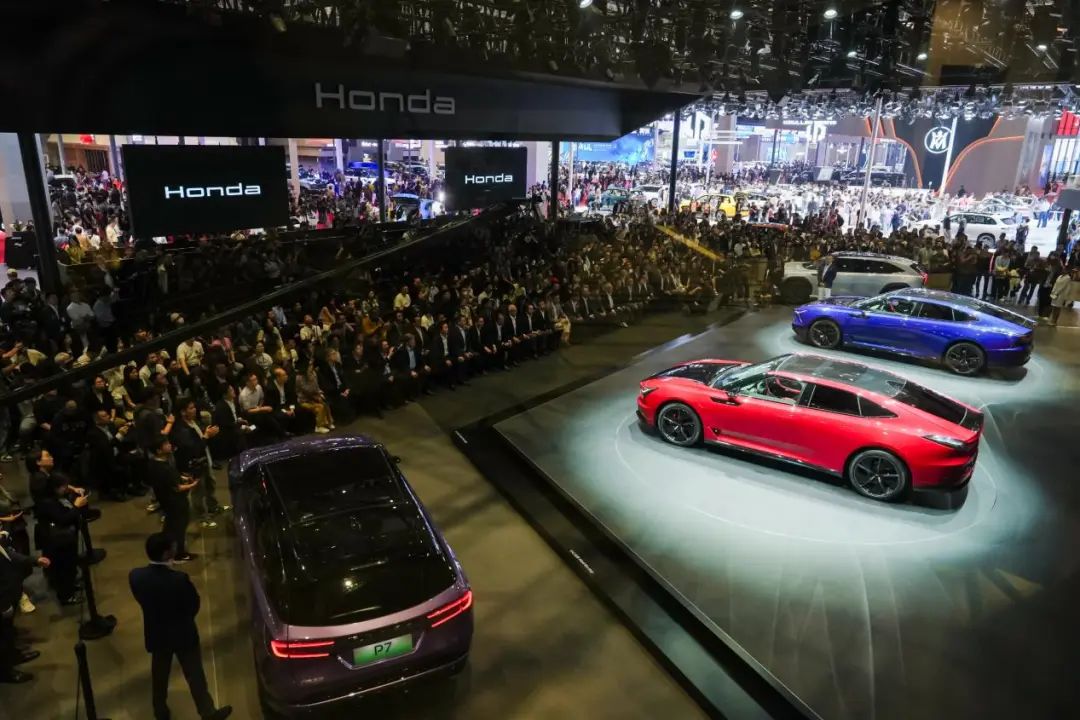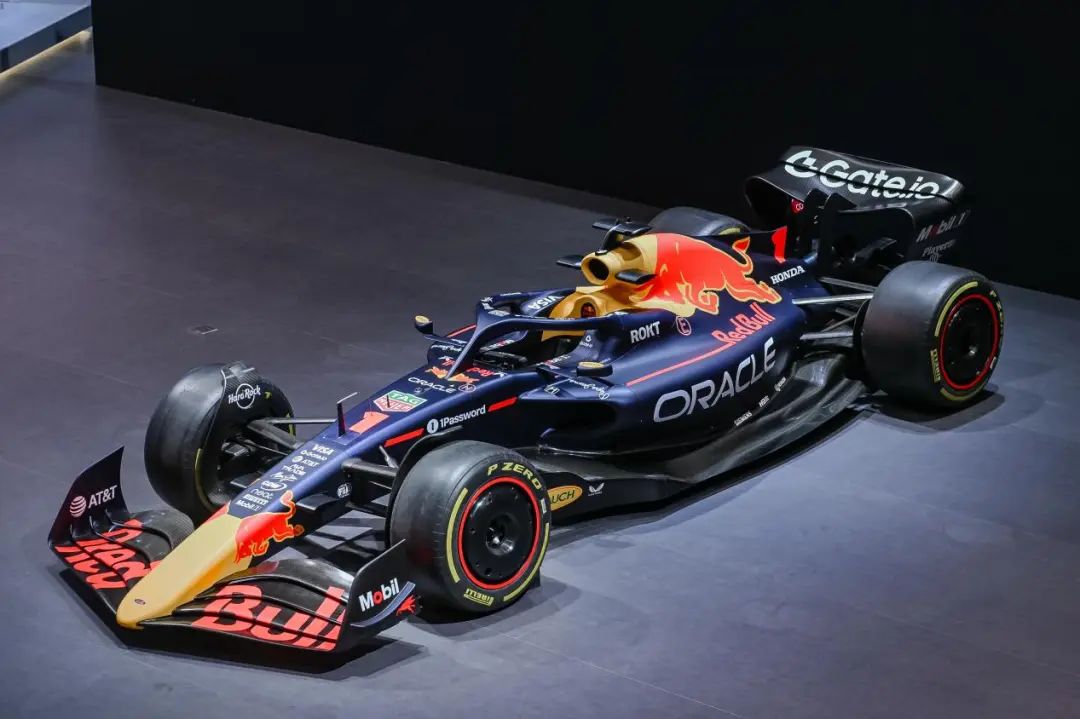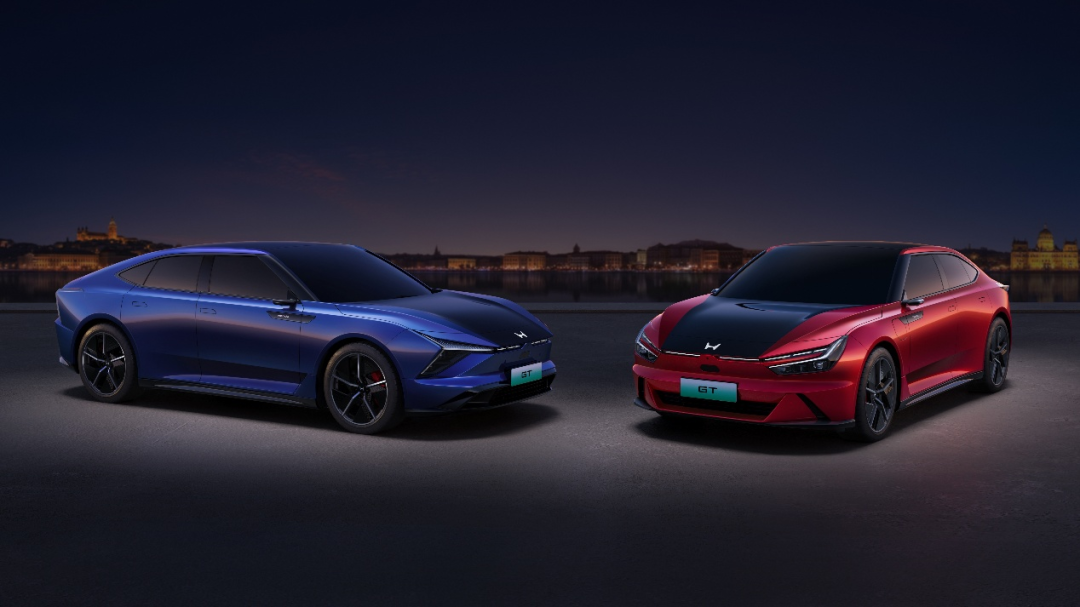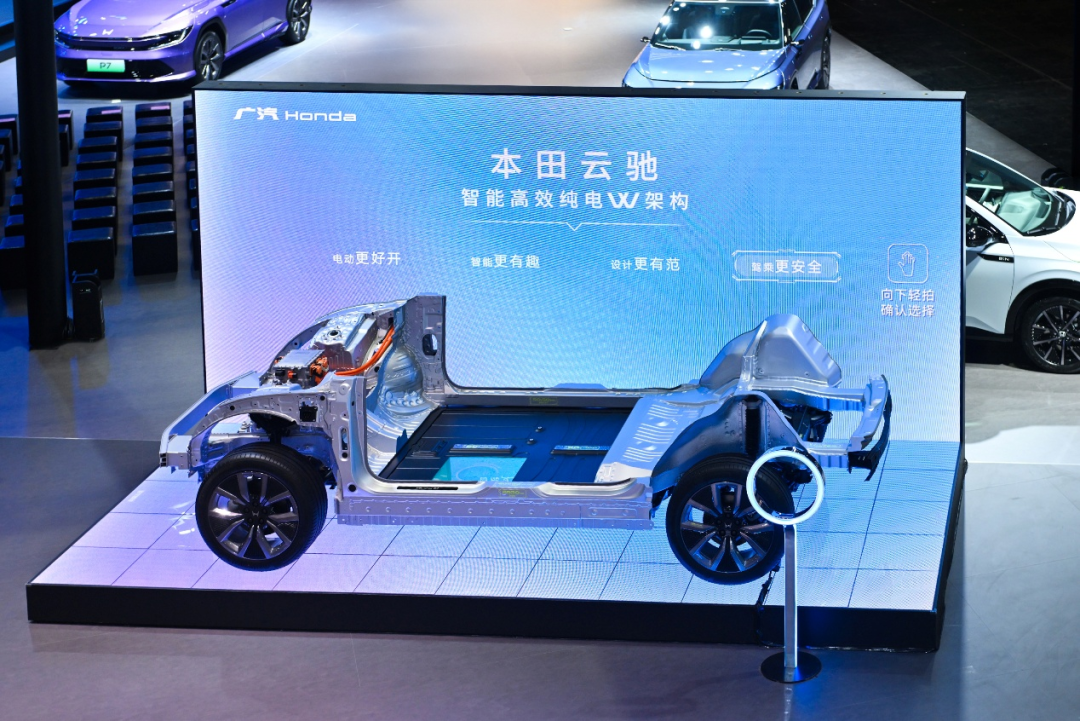Honda China Reinvigorates the Market! Pressure Mounts on Competitors
![]() 04/29 2025
04/29 2025
![]() 549
549
Honda today stands qualitatively transformed compared to two years ago. The most striking change is its resilient comeback in the Chinese market.
At the Shanghai Auto Show, which commenced on April 23, Honda showcased its electrified and intelligent offerings, exerting pressure on the entire automotive industry, encompassing joint ventures, domestic brands, and new-energy vehicle startups alike. This pressure emanates from a well-established global giant.
Beyond the traditional strengths of Japanese cars, the technological aura of Honda's new models rivals that of any new-energy vehicle startup.
Behind this resurgence lies Honda's spirit at the auto show—a blend of the steadfastness of traditional automakers, without exaggeration, coupled with a robust upward trajectory and a sense of grandeur. It seems to have recaptured the vigor it possessed in China a decade ago, revealing a profound pursuit and drive.
Among Japanese automakers in the Chinese market, Nissan and Honda stand out as 'reformists,' renowned for their strong local adaptability, swift responses, and deep insights into Chinese market changes.

Judging by this year's momentum, Honda is once again at the forefront of Japanese and even all joint venture brands in the era of new energy intelligent vehicles.
At the Shanghai Auto Show, Honda announced deep collaborations with prominent Chinese enterprises such as Momenta, DeepSeek, and CATL, jointly advancing in intelligence and electrification. This shift could profoundly impact joint venture auto companies and even define an era in the Chinese automotive market.
Joint venture auto companies are awakening! Honda, which once proclaimed Volkswagen as its competitor, is back with renewed vigor.
01. True Openness Embraces Acceptance
In the rapid evolution of intelligent new energy vehicles in recent years, the pace of technological advancement in the Chinese automotive industry has far outstripped that of global automakers.
This serves as a critical premise for the reversal of competitive dynamics in the automotive market and the retreat of joint venture auto companies.
However, not all automakers are willing to accept reality. For instance, American automakers tend to view the rise of Chinese technology with arrogant prejudice. It's no surprise that such companies face forced retreats.
To succeed in the Chinese market, one's perception must evolve. The decision-making teams of global automakers must first recognize and deeply comprehend current technological shifts to make accurate judgments.
From past experiences, Honda's management philosophy has always been relatively open, with a profound understanding of the Chinese market. This gives Honda a clear advantage over Volkswagen, Toyota, GM, and Ford, positioning it as an aspirational automaker in the Chinese market.
This is also the fundamental reason why Honda can confidently lead among many global top-tier automakers amidst the rise of new forces in Chinese automotive manufacturing, where 'chaotic punches confuse master craftsmen,' and many global automakers are either directionless, listless, or even forced to abandon the Chinese market.
Honda's uniqueness lies in recognizing China's leadership in intelligence, accepting this leadership, and integrating it into its systems. While many Chinese companies take this for granted, it is challenging for traditional giants in Europe, America, and Japan to make such a paradigm shift.

My optimism about Honda's current round of adjustments is simple: the traditional advantages of multinational automakers remain intact. As long as they genuinely embrace Chinese technology from the heart and integrate it with Chinese intelligence, they will possess strong competitiveness not only in the Chinese market but globally.
Honda has already made strides, announcing at the Shanghai Auto Show that all new models planned for the Chinese market will be equipped with pilot-assisted driving technology.
Honda's localization efforts have also deepened. It announced a deep strategic collaboration with the intelligent driving company Momenta to jointly develop mass-production assisted driving solutions based on end-to-end large models, creating full-scenario mass-production assisted driving functions that encompass highway pilot-assisted driving, urban pilot-assisted driving, automatic parking assistance, and memory parking pilot assistance.

Moreover, DeepSeek, a globally leading AI company, has joined Honda's cooperation list. Honda's 'Ye' brand models will integrate DeepSeek's AI large model technology to provide a more natural voice interaction experience.
In the field of electrification, Honda will further deepen its cooperation with CATL to jointly promote the development of Honda's first lithium iron phosphate battery and CTB battery integration technology, achieving a significant improvement in the performance of pure electric vehicles.
Star companies in China's intelligence and electrification fields are now integral parts of Honda's network.
02. Led by Chinese R&D Teams
Japanese automakers were previously characterized by stable parts suppliers. Even in joint ventures, most core suppliers originated from Japan, making it challenging for Chinese suppliers to break in.
Some attribute this to Japanese conservatism. However, this is not entirely true. Over the past few decades, the technology and craftsmanship of suppliers in Japanese automakers have formed a stable structure. To ensure quality, maintaining the original overseas supply system was the optimal choice.
In the era of fuel vehicles, the technology and R&D of Chinese automotive joint ventures also primarily came from foreign entities. Therefore, R&D in the joint venture 1.0 era was virtually dominated by foreign entities.
Like the stability of parts suppliers, the R&D system of Japanese automakers was also a logical choice for enterprises considering technological advancement, cost, and talent advantages.
However, entering the era of new energy intelligent vehicles, the advanced nature and cost advantages of new automotive technologies in the East and West have reversed. Intelligent technology and 'three electrics' technology, whether in Japan or Europe and America, have lagged behind China.

Honda's senior management team is perceptive and deeply understands the situation. Therefore, they have made fundamental adjustments to their approach to local technology, R&D, and supply chains in China.
My admiration for Honda stems from here. They are not conservative in their thinking and are willing to accept and even embrace change—this is the fundamental reason why an automaker can thrive for over 70 years.
In addition to introducing numerous advanced Chinese suppliers, young Chinese R&D teams have also been propelled to the forefront of history. True localization has entered the era of technological localization, potentially marking a significant milestone in the joint venture 2.0 era.
In 2024, Honda's young Chinese R&D team launched the independently designed new pure electric brand 'Ye,' causing quite a stir among joint venture auto companies. Many joint venture auto companies have introduced new models or even new series, but few have unveiled a new energy intelligent brand.
This represents Honda's commitment to a complete transformation in the Chinese market.
The effect is also evident. This year, the first models of Honda's 'Ye' brand, Dongfeng Honda S7 and GAC Honda P7, were officially launched. The market's perception of Honda has begun to change dramatically—it turns out that joint venture auto companies can also develop new energy vehicles with superior aesthetics and intelligence.
Some say that these cars are the least like joint venture cars among joint venture cars. In recent years, some have worried about the fate of joint venture auto companies. Now, it seems such concerns are unwarranted as they have found a new path forward.
Judging from the Shanghai Auto Show, Honda is already the most sinicized global giant. Its speed in launching new products is on par with Chinese auto companies. At the Shanghai Auto Show, the second model of Honda's 'Ye' brand, 'GT,' made its global debut.








